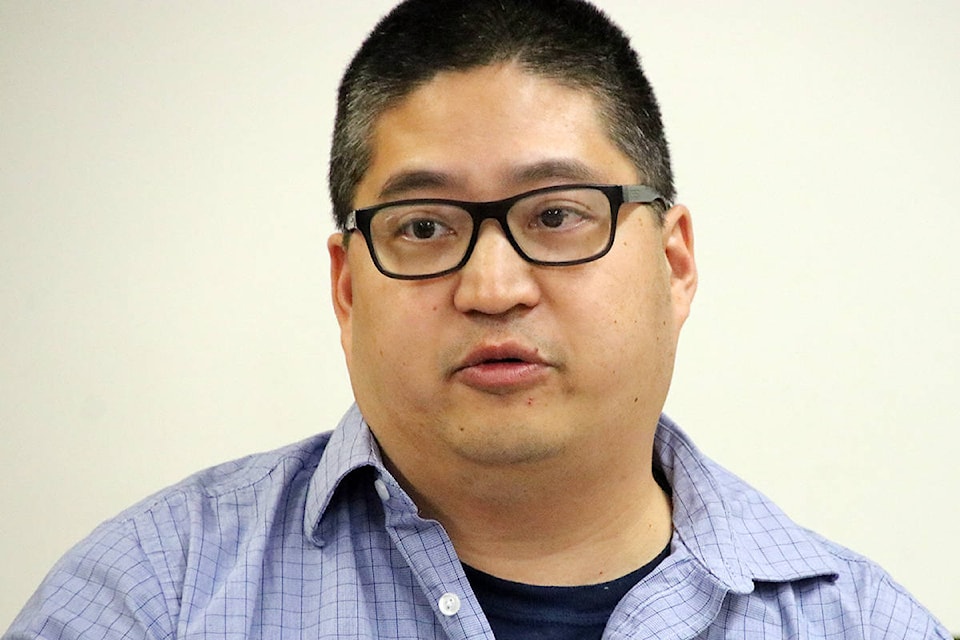Is it possible to use a remotely-operated vehicle to clean Lake Cowichan’s town reservoir?
That’s a question that’s been posed by the town’s works superintendent.
In a report prepared recently for council, Kam So said, “the town’s reservoir needs to be cleaned on a regular basis to ensure clean drinking water is delivered to households in Lake Cowichan.”
This should be an annual job, he said.
“Over time, sediment, waste, and plant material find their way to the bottom of the reservoir. This material turns into a layer of sludge that acts as a breeding ground for harmful bacteria, dangerous to the quality of water and harmful to the capacity of the tank. Although the WTP removes a lot of the sludge it’s still important to monitor and clean the reservoir.”
So, what happens to it now?
The town’s current procedure is to shut off the valves to the reservoir, empty it, and then clean the lining, he said, adding that it takes about three days to clean the reservoir and about another six to fill it and “allow the appropriate amount of contact time with the water treatment plant to allow further distribution of clean water.”
So said that this job also involves public works crew for several days “and exposes them to a confined spaces hazard that is above their regular duties”.
At issue is the use of professional divers to clean the reservoir.
“Although this method is an industry standard, it is expensive. As new safety regulations may require a rescue team to be available. Contravention of the confined spaces [regulations] could be subject to a fine; $25,000 to $500,000 are not uncommon.”
Another idea is the use of remotely operated vehicles (ROV). It’s gaining popularity.
“It’s a low risk technology that should be explored,” So said, pointing out that it would allow the cleaning of the reservoir without having to completely empty it, and would require no physical entry into the reservoir at all.
Finally, So said, “the ROV can be equipped with vacuum head and camera to allow for internal tank inspections and cleaning. The benefits of using the vacuum head means that there is minimal loss of water during the project, depending on the size and amount of material to clean, and it can be done any time during the year.”
lexi.bainas@cowichanvalleycitizen.com
Like us on Facebook and follow us on Twitter
